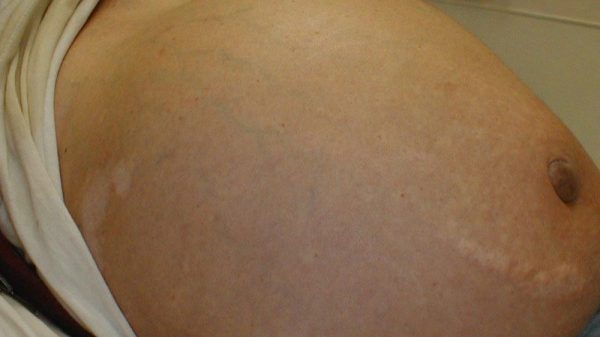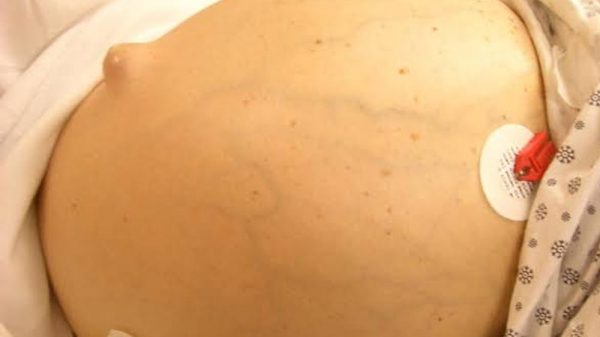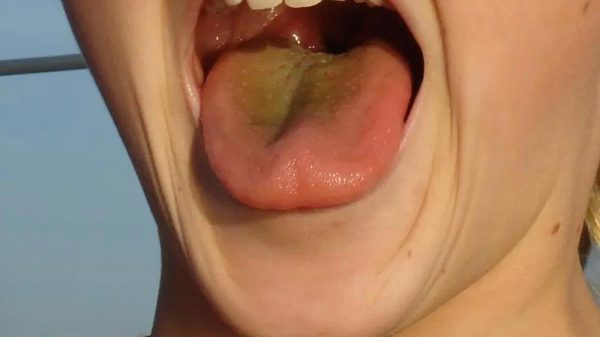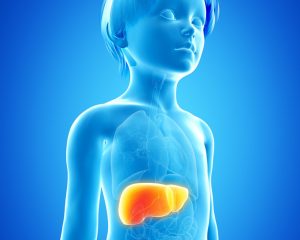Have you been diagnosed with liver cirrhosis? This late stage of liver disease is the stage after fibrosis (scarring) and the stage before liver failure. Cirrhosis affects an estimated 10% of the world’s population. The liver has many functions, like removing toxins and absorbing minerals. You might wonder if there is a cure for cirrhosis of the liver. In the early stages of liver disease, it’s possible to reverse the condition. That is especially true in Stage 1, which involves fatty liver disease (FLD) and inflammation. In this situation, scarring (fibrosis) hasn’t started, which is the liver’s method of protecting itself.
Cirrhosis of the liver involves a large amount of scar tissue, replacing healthy tissue. This process starts with Stage 2 cirrhosis when scarring (fibrosis) starts. However, a major amount takes place by Stage 3 (Cirrhosis). That is when the scarring starts affecting liver function. It’s absolutely, positively important to slow down scarring at this point to help prevent liver failure. That’s why it’s critical to consider treatments for the blood, organs, and immune system. If you’re experiencing cirrhosis complications it’s also important to deal with them as well. If you experience end-stage liver disease (ESLD) then the only real option is an organ transplant.
What in the World Is Liver Cirrhosis?
Cirrhosis involves significant liver scarring that results from long-term/continuous liver damage. Liver disease has four stages:
- Stage 1: Inflammation
- Stage 2: Fibrosis (scarring)
- Stage 3: Cirrhosis
- Stage 4: Liver Failure
Cirrhosis is considered a late-stage liver disease. That’s because it’s different from fatty liver disease (FLD) that involves fat buildup in the liver. Over time the liver tries to fight off damage by producing scar tissue. The problem is this also affects the liver’s functions.
Over time the situation can become worse. That’s because the liver is unable to handle basic day-to-day functions. Another difference from cirrhosis is it includes various complications that weren’t present in Stage 1 of cirrhosis. Some common ones include:
- Fluid buildup in the abdomen (ascites)
- Enlarged spleen
- Weight loss
- High blood pressure (liver veins)
- Yellowish eyes/skin (jaundice)
- Swollen legs, feet
- Infections (Hepatitis B/C)
- Decreased brain function (HE)
These complications can make it tougher to deal with cirrhosis. That’s because you’ll be dealing with the symptoms of liver disease and any complications.
The most common type of tests includes blood tests and imaging tests. These are done to check different substances like toxins in your blood. If the liver isn’t functioning properly, then it results in higher amounts of certain substances, because the body can’t get rid of them.
Meanwhile, imaging tests like CT-scans and MRIs can help to examine the liver’s function. That can help to determine whether or not the liver’s structure is severely scarred due to cirrhosis, for example. It can also check for signs of brain damage due to a complication known as HE.
Due to the primary damage caused by cirrhosis, the only way to “reverse” the condition is with a liver transplant. Fun Fact: The average total cost for a liver transplant is about $577,000.
Is There a Cure for Cirrhosis of the Liver?
In short, the answer is: No. The reason is this late-stage liver disease involves a significant amount of damage that affects liver function. When that happens, the only options are to treat liver disease and any complications you might have.
This process helps to slow down the damage caused by the progression of liver disease. While Stage 2 of liver disease (Fibrosis) involves tissue scarring, the amount of damage is minimal. The situation changes by Stage 3, and the organ’s function is affected.
The only true “cure” if you have liver cirrhosis is a liver transplant. This procedure can be very pricey and especially if you don’t have health insurance. In that situation, you could have super-high out-of-pocket expenses.
Even if you have the money for this medical procedure, you might not qualify for it based on your MELD score. This score also determines where you are placed on the waitlist for a liver transplant. So even if you qualify for a donated organ, you might be low on the list due to your liver being relatively well-functioning.
So ironically, your liver might be working too well for you to qualify for a liver transplant. That is a good thing. It allows you to keep using treatment options to slow down damage to your vital organs.
The real problem is if your liver cirrhosis progresses to late stages. That makes the disease tougher to manage. In part, that’s due to any new complications that develop. If that happens, then it’s much tougher to deal with.
If you get a transplant, there are two main types. They include a live and deceased donor. When there’s a live donor, this involves a partial liver transplant. This medical procedure involves replacing the diseased liver with a healthy liver.
Top Treatments for Liver Cirrhosis
As with other types of major surgery, there’s always a chance you might experience some complications. One possible one is when the patient’s body sees the new organ as a threat. That requires medication used to prevent the body from attacking the new liver. You’ll likely have to take these medicines for life.
If a liver transplant isn’t a practical option for you, there are other alternative treatments you can use:
Infections (Hepatitis B/C)
These conditions involve different complications. Hepatitis is a disease that results from an infection spread through body fluids like blood. That is a major infection that involves the immune system attacking healthy cells.
Biliary (Bile) Treatments
Meanwhile, “biliary” cirrhosis involves damage to the bile duct. Its job is to move bile from the patient’s liver to intestine/gallbladder.
Non-alcoholic Fatty Liver Disease (NAFLD) Treatments
Sometimes cirrhosis doesn’t involve drinking alcohol. If that’s the case, then you’ll have to deal with something called NAFLD. In some ways, it’s similar to dealing with ALD. However, the main difference is the main goal is to deal with liver fat instead of alcoholic beverages.
Alcohol Treatments
If you have ALD, it’s critical to get help from quick binge drinking. That can include options like psychological counseling, group therapy, and non-alcoholic substitutes.
It’s important to deal with heavy drinking in a holistic (whole-body) way. It’s not just about the actual drinking but also mental, emotional, and social issues. Many people drink because it’s a way to avoid certain situations, but could require learning is there a cure for cirrhosis of the liver.























